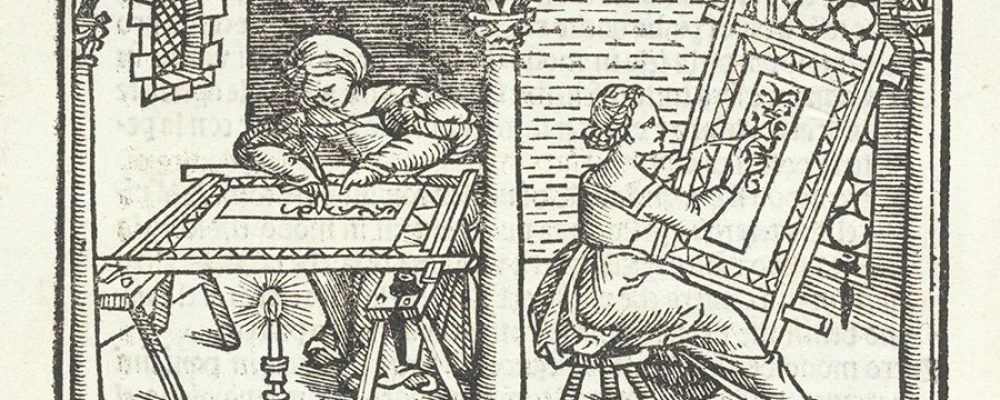The history of embroidery (I)

Embroidery is an age-old art that has been practised since ancient times. It began with a simple idea: what if we used stitches from sewing to decorate and ennoble clothes?
It is difficult to trace the origins of embroidery before the 6th century BC. The first signs of the existence of embroidery come from a few clues that researchers have to decipher: needle holes in fabrics or remnants of metal threads and beads used to decorate these garments.
The oldest known works are Egyptian, but the origins of embroidery are probably much older.
Embroidery: why?
The need to decorate fabrics to differentiate and identify ourselves goes back to the dawn of time.
Clothes were adorned with colours and ornaments to show status, a sign of belonging to a social group or a mark of identification.
The purpose of embroidery was often very different depending on the different aspects of social history: belonging to royalty, the nobility or the clergy, young girls’ trousseaux, etc.
Embroidery: what is it?
Dress finishing techniques have evolved over the ages. This art form has survived for centuries, giving rise to the term embroidery in the 12th century. It originally referred to the decorative motifs used to embellish religious garments of the time, consisting of adding flat or raised decorative motifs to fabric using thread and needles.
Embroidery does not stop at clothing: many peoples have also used embroidery to decorate furniture, paintings, wall hangings and blankets.
Embroidery: how?
From the 12th century onwards, the term embroidery came to refer more generally to the art of decorating fabric with flat or raised motifs using thread and other materials such as pearls, sequins, gold or silver thread, or even precious stones.
Art embroidery decorates fabrics using different stitches made with different threads, requiring special technical skills. Using linen, cotton, silk or wool threads, the embroiderer works by hand, using a needle or hook (these days often reserved for the haute-couture sector).
Special materials, such as the embroidery loom or the embroidery hoop/drum, are used for artistic embroidery.
"It is too often ignored that embroidery is still done by hand as it was in the 18th century".
Christian Dior
This ancestral art has evolved over the centuries to give us a real artistic heritage.
Today, embroidery continues to embellish textiles, sometimes giving them the appearance of works of art.
Delta V embroideries
In the Delta V atelier, I offer you modern, elegant and refined embroidery.
Check them out!
References:
- Institut National des Métiers d’Art, https://www.institut-metiersdart.org/metiers-art/fiches-metiers/textile/brodeur
- Textile Addict, https://textileaddict.me/lhistoire-de-la-broderie/
- Soirêve, https://soireve.fr/la-broderie-dart/



